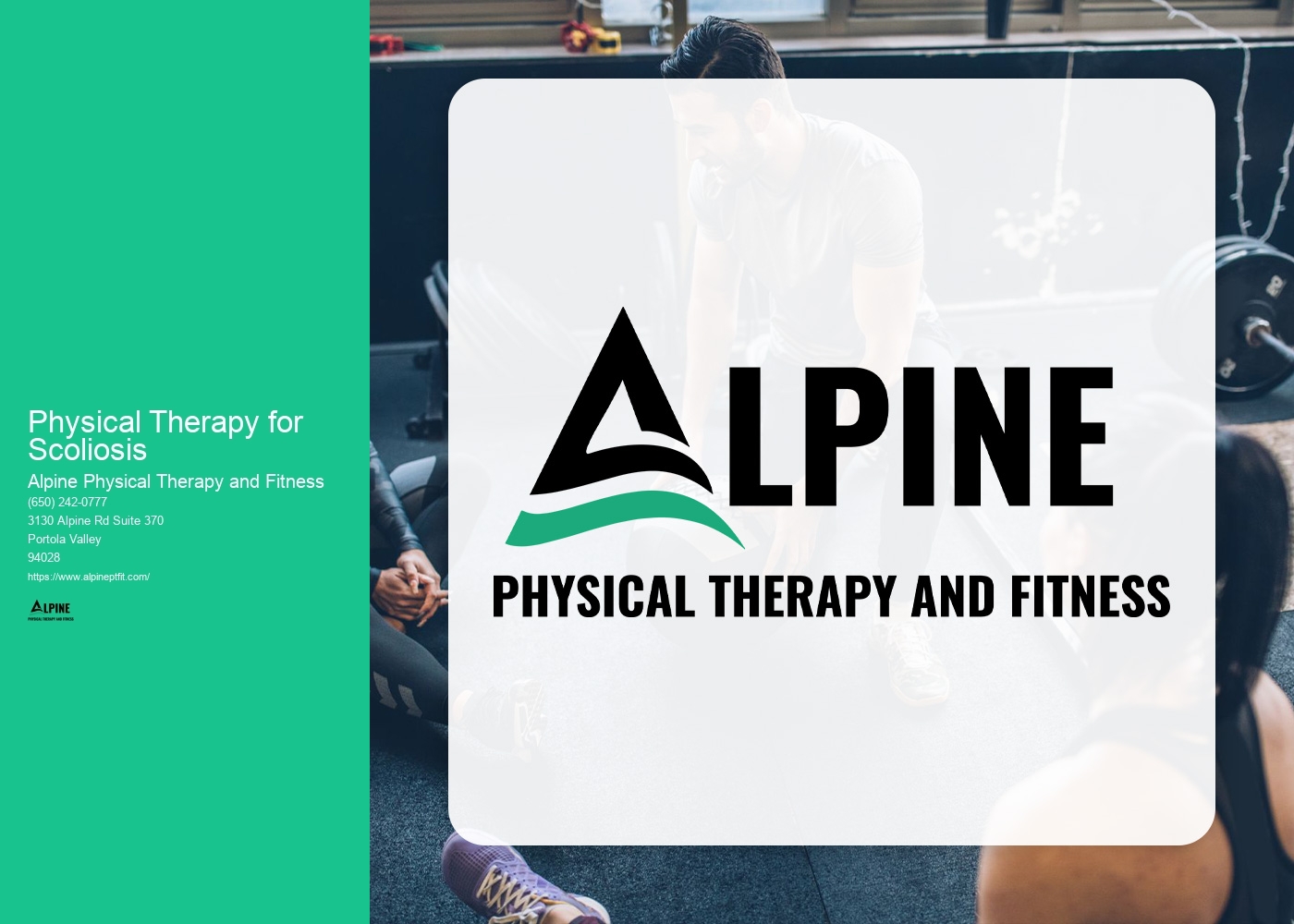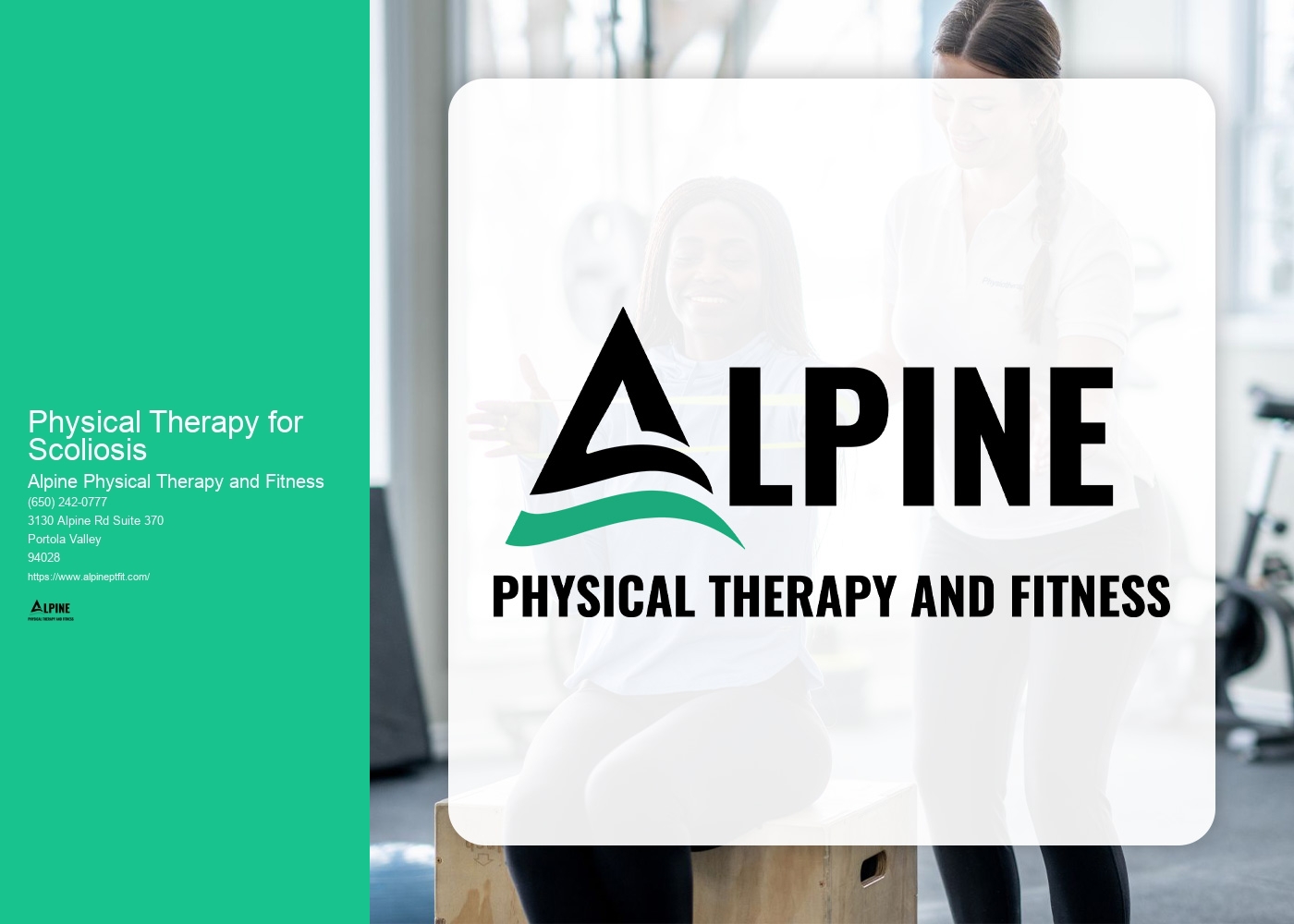

Scoliosis is a medical condition characterized by an abnormal curvature of the spine. It can affect the body in various ways, depending on the severity of the curvature. In mild cases, scoliosis may not cause any noticeable symptoms or physical limitations. However, in more severe cases, scoliosis can lead to pain, discomfort, and difficulty with breathing or movement. The abnormal curvature can also affect the alignment of the hips, shoulders, and ribcage, resulting in an asymmetrical appearance.
Common symptoms of scoliosis can vary depending on the individual and the severity of the condition. Some people may experience back pain, particularly in the lower or middle back. Others may notice uneven shoulders or hips, a prominent shoulder blade, or a visibly curved spine. In more severe cases, scoliosis can cause difficulty breathing, fatigue, and limited mobility. It is important to note that not all individuals with scoliosis will experience symptoms, and the condition may only be detected during routine screenings or medical examinations.
Scoliosis is typically diagnosed through a combination of physical examination, medical history review, and imaging tests. During the physical examination, a healthcare professional will assess the curvature of the spine, check for any visible signs of scoliosis, and evaluate the range of motion. Medical history review involves discussing any symptoms, family history of scoliosis, and previous medical treatments. Imaging tests such as X-rays, MRI, or CT scans may be ordered to obtain detailed images of the spine and confirm the diagnosis.

Physical therapy can be an effective treatment option for scoliosis, particularly in mild to moderate cases. Physical therapists can develop personalized exercise programs to help improve posture, strengthen the muscles supporting the spine, and increase flexibility. These exercises may include stretching, strengthening, and stabilization exercises. The goal of physical therapy is to reduce pain, improve mobility, and prevent further progression of the curvature. It is important to note that physical therapy may not be suitable for all individuals with scoliosis, and the treatment plan should be tailored to each person's specific needs.
The types of exercises recommended for scoliosis can vary depending on the individual's age, severity of the curvature, and overall physical condition. Generally, exercises that focus on strengthening the core muscles, improving posture, and increasing flexibility are beneficial for individuals with scoliosis. These may include exercises such as pelvic tilts, side planks, shoulder stretches, and spinal rotations. It is important to work with a qualified physical therapist or healthcare professional to ensure that the exercises are performed correctly and safely.

The duration of physical therapy for scoliosis can vary depending on the individual's response to treatment, the severity of the curvature, and other factors. In general, physical therapy for scoliosis may last for several weeks to several months. The frequency and duration of therapy sessions will be determined by the healthcare professional based on the individual's needs and progress. It is important to follow the recommended treatment plan and attend all scheduled therapy sessions to achieve the best possible outcomes.
In addition to physical therapy, there are other treatment options available for scoliosis. In some cases, bracing may be recommended to help prevent further progression of the curvature, particularly in growing children and adolescents. The type and duration of bracing will depend on the individual's age, severity of the curvature, and other factors. In severe cases of scoliosis, surgery may be necessary to correct the curvature and stabilize the spine. The decision to undergo surgery will be based on various factors, including the individual's age, severity of the curvature, and overall health. It is important to consult with a healthcare professional to determine the most appropriate treatment option for scoliosis.

Physical therapy plays a crucial role in the management of peripheral neuropathy. By utilizing a combination of targeted exercises, manual therapy techniques, and specialized equipment, physical therapists can help individuals with peripheral neuropathy improve their strength, balance, and coordination. These exercises and techniques focus on improving blood flow, reducing pain, and increasing nerve function. Additionally, physical therapists can provide education on proper body mechanics and ergonomics to minimize further nerve damage. By addressing the underlying causes of peripheral neuropathy and providing personalized treatment plans, physical therapy can significantly improve the quality of life for individuals living with this condition.
The approach to treating individuals with hip impingement syndrome involves a comprehensive and multidisciplinary approach. The primary goal of treatment is to reduce pain, improve function, and prevent further damage to the hip joint. Non-surgical interventions such as physical therapy, activity modification, and anti-inflammatory medications are often the first line of treatment. Physical therapy focuses on strengthening the hip muscles, improving range of motion, and correcting any biomechanical abnormalities. In some cases, corticosteroid injections may be used to provide temporary pain relief. If conservative measures fail to alleviate symptoms, surgical intervention may be considered. Surgical options include arthroscopic procedures to remove or repair damaged tissue, as well as hip resurfacing or total hip replacement in severe cases. The choice of treatment depends on the severity of the impingement, the individual's age and activity level, and their overall health. A personalized treatment plan should be developed in collaboration with a team of healthcare professionals, including orthopedic surgeons, physical therapists, and pain management specialists, to ensure the best possible outcome for the individual.
Physical therapy plays a crucial role in improving the quality of life for patients with Parkinson's disease. By incorporating a range of specialized exercises and techniques, physical therapists can address the unique motor and movement challenges faced by individuals with Parkinson's. These exercises focus on improving balance, coordination, flexibility, and strength, which are often affected by the disease. Additionally, physical therapy can help manage symptoms such as rigidity, bradykinesia, and tremors, allowing patients to regain control over their movements. Through targeted interventions, physical therapy can also enhance gait and posture, reducing the risk of falls and improving overall mobility. Moreover, physical therapists provide education and guidance on adaptive strategies and assistive devices, empowering patients to navigate daily activities more independently. Overall, physical therapy offers a comprehensive approach to managing Parkinson's disease, promoting functional independence, and enhancing overall well-being.
Physical therapy can be highly beneficial in improving balance in individuals with multiple sclerosis. Multiple sclerosis is a chronic neurological condition that can lead to impaired balance and coordination. Physical therapists are trained to assess and address these specific issues through a variety of techniques and exercises. They may focus on improving core strength, flexibility, and proprioception, which are all crucial for maintaining balance. Additionally, physical therapists may use specialized equipment such as balance boards or stability balls to challenge and improve balance. By targeting these areas, physical therapy can help individuals with multiple sclerosis regain stability and reduce the risk of falls, ultimately enhancing their overall quality of life.
Physical therapists employ a variety of techniques to effectively treat common sports injuries such as sprained ankles. They typically begin by conducting a thorough assessment of the injury, taking into account factors such as the severity of the sprain, the individual's overall health, and any previous injuries. Treatment may involve a combination of manual therapy techniques, such as joint mobilization and soft tissue massage, to reduce pain and inflammation. Therapists may also utilize therapeutic exercises to improve strength, flexibility, and balance, helping to restore normal function and prevent future injuries. Additionally, modalities such as ultrasound or electrical stimulation may be used to further aid in the healing process. Education and guidance on proper body mechanics and injury prevention strategies are also integral components of a physical therapist's approach to treating sprained ankles.
Physical therapy can play a crucial role in the recovery of Achilles tendonitis. By employing a variety of techniques and exercises, physical therapists can help alleviate pain, reduce inflammation, and promote healing in the affected tendon. One such technique is manual therapy, which involves hands-on manipulation of the soft tissues surrounding the Achilles tendon to improve flexibility and reduce tension. Additionally, therapeutic exercises can be prescribed to strengthen the muscles in the lower leg and foot, which can help support the Achilles tendon and prevent further injury. Modalities such as ultrasound and electrical stimulation may also be used to promote blood flow and accelerate the healing process. Furthermore, physical therapists can provide guidance on proper footwear and orthotics to ensure optimal biomechanics and reduce stress on the Achilles tendon during daily activities. Overall, physical therapy offers a comprehensive approach to treating Achilles tendonitis, addressing both the symptoms and underlying causes of the condition to facilitate a full recovery.